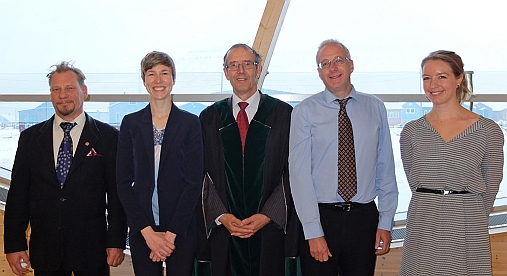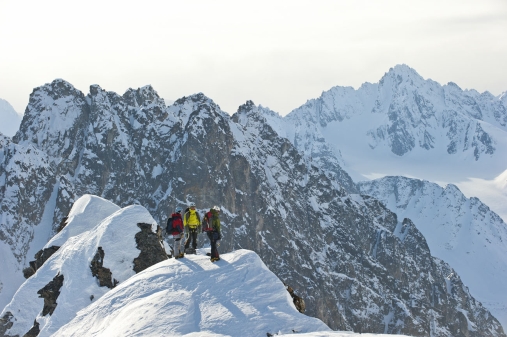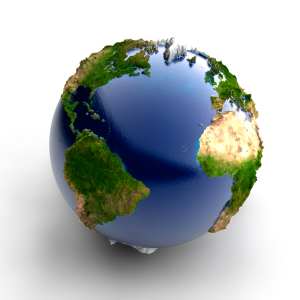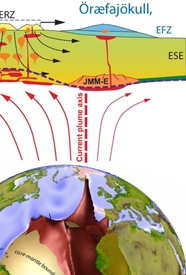There are many areas with permafrost both in Norway and Iceland, although the two countries have different climate and soil conditions. Models show that land areas with permafrost are about 8% of the total landsurface, but with somewhat smaller percentage for Norway's part. Researchers at the Department of Geosciences have studied permafrost over time both in Norway and Iceland. Professor Bernd Etzelmuller recently has contributed with two articles with status reports for permafrost for Norway and Iceland in the WWWs The Circle.
2015
In October deffended Heïdi Sevestre at Department of Geosciences and UNIS her PhD thesis. In her PhD she has investigated the global distribution of surge-type glaciers and uncovered differences in geometry between normal and surge-type glaciers. Read about her research in an article at UNIS webpages.
Svalbard`s mountains are older than we previously believed. On research expeditions to get rock samples of the Spitsbergen`s peaks the researchers found mountains that was ancient and little prone to erosion. The study is published in Nature Geoscience with first author Endre Før Gjermundsen, many colleagues from UNIS and others. Otto Salvigsen, Department of Geosciences, is co-author of the article.
If we could fix the climate problems with different engineering techniques would they be easy to solve, or not? Geoengineering also named climate engineering is to do interventions in the Earth’s climatic system with the aim of reducing global warming. Such intervenions can also cause negative effects. Media attention and coverage after a press conference at European Geosciences Union (EGU) 2015 for Helene Muri, researcher at University of Oslo.
At Öræfajökull on the saga Island, it may be a bit of an ancient continent. The area is well known because it stands out from the rest of Icelands geological characteristics. Researchers from the Centre for Earth Development and Dynamics - CEED - have in their article in PNAS launched a theory about that the area remains of an ancient continent perhaps a bit of Greenland. The article has got attention in the media.
After over 35 years the Chinese Chang’E-3 mission is the first to visit and land on the lunar surface. The objetive for the Space Craft is to explore the surface rocks and the substrate on the Moon. CEED, Department of Geosciences's postdoc Zhiyong Xiao participates in the mission team, and the first results reveals a vivid geologic picture of the landing site.The results published in Science recently attracted international attention in both European and Asian websites for news in natural Sciences, three of them linked up below:
Austfonna, Europe’s largest glacier do we find on the island Nordaustlandet in the archipelago Svalbard. The glacier has moved with increased speed in the last few years, and in 2014 the glacier moved a total of 3800 meters. Glaciologist and professor Jon Ove Hagen Methlie, Department of Geosciences, University of Oslo is interviewed about Austfonna and says that surging in Svalbard’s glaciers is natural as a cyclical phenomenona.




